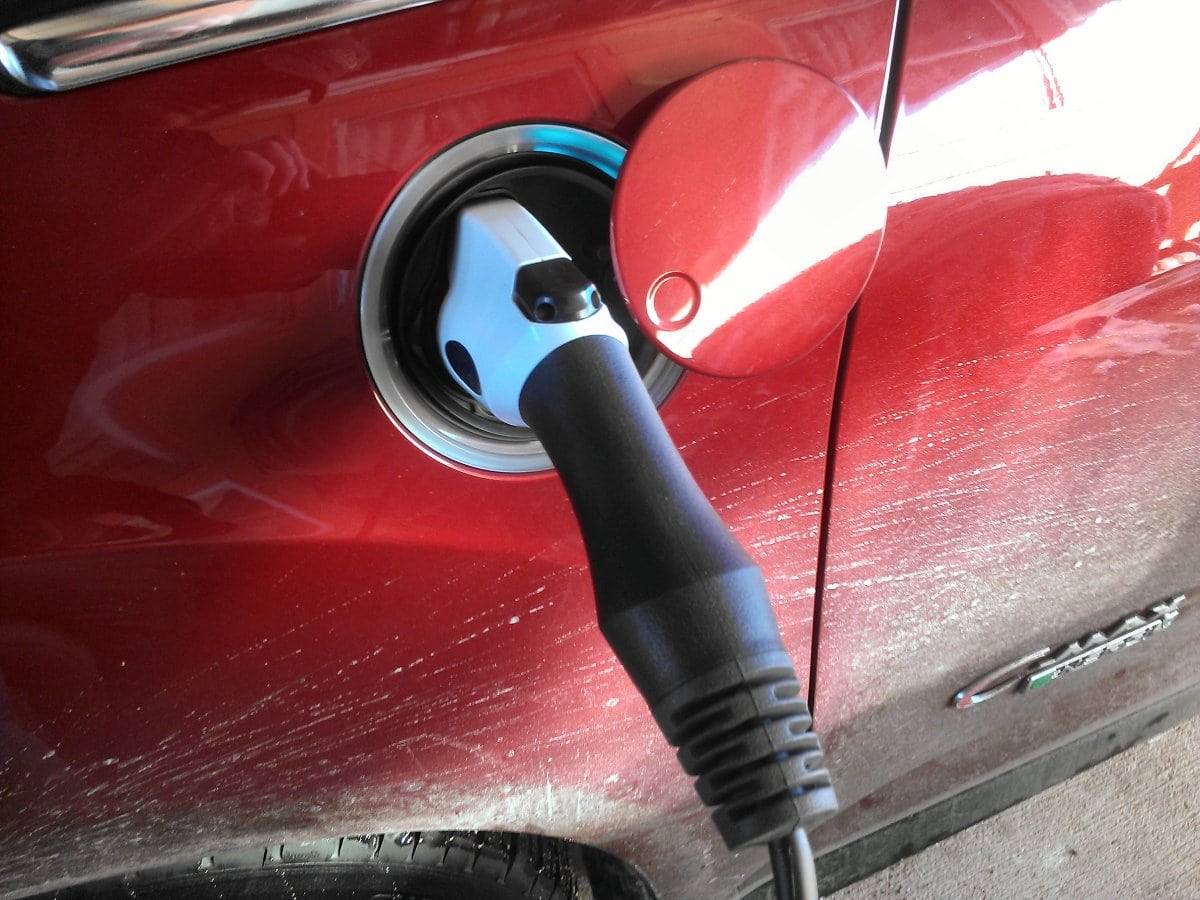HRL Laboratories, a combined research entity for advanced materials owned by the Boeing Company and General Motors, has come up with a way to use 3-dimensional printing to create parts made of high-strength aluminum, including AI7075 and AI6061. This method also creates a pathway towards making products from other additive-intense alloys with various metals and welds, including high-strength steels and superalloys.
High-strength alloys are becoming very common in automotive manufacture and are the main pathway of research for aircraft materials as well. High-strength alloys are lightweight and strong, but often very expensive as well. HRL’s new 3D printing method could change that.
Additive manufacturing of metals typically begins with alloy powders that are applied in thin layers and heated with a laser or other direct heat source to melt and solidify the layers. Normally, if high-strength unweldable aluminum alloys such as Al7075 or AL6061 are used, the resulting parts suffer severe hot cracking—a condition that renders a metal part able to be pulled apart like a flaky biscuit.
HRL solves this problem by decorating high-strength unweldable alloy powders with specially selected nanoparticles— nanoparticle functionalization. The nanoparticle-functionalized powder is fed into a 3D printer, which layers the powder and laser-fuses each layer to construct a three-dimensional object. During melting and solidification, the nanoparticles act as nucleation sites for the desired alloy microstructure, preventing hot cracking and allowing for retention of full alloy strength in the manufactured part.
Because melting and solidification in additive manufacturing is analogous to welding, HRL’s nanoparticle functionalization can also be used to make unweldable alloys weldable. This technique is also scalable and employs low cost materials. Conventional alloy powders and nanoparticles produce printer feedstock with nanoparticles distributed uniformly on the surface of the powder grains.
The HRL methods and findings were published in the journal Nature: http://dx.doi.org/10.1038/nature23894





